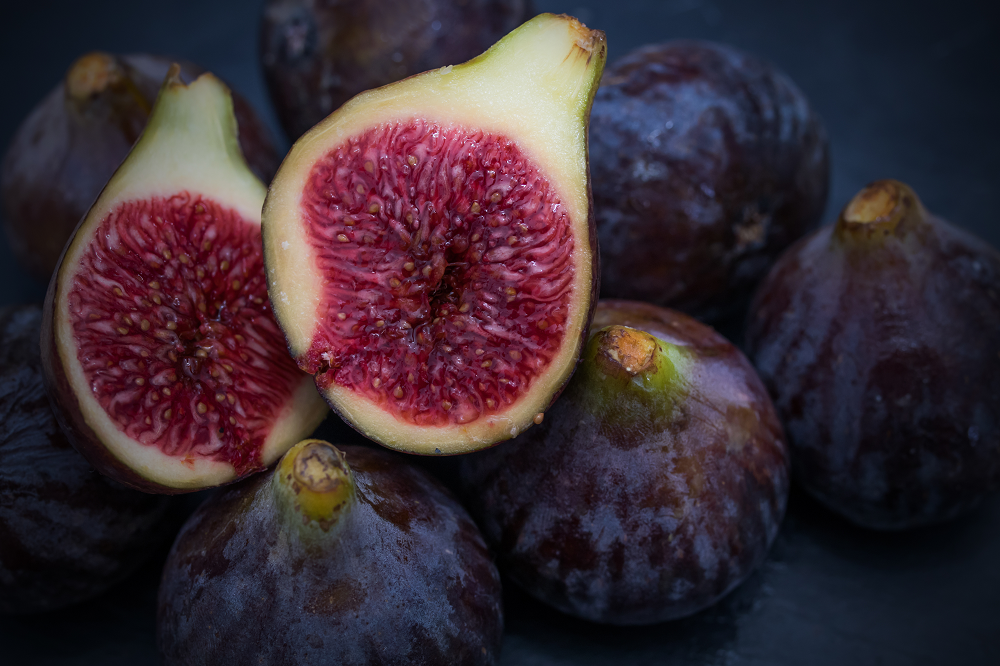The Mighty Fig! A Healthy, Delicious And Versatile Fruit

Nestled inside the delicate shells of our macarons, you will find what sets ours apart from other macarons - our rich fillings packed with intriguing flavors. Inspired by our family’s French Creole heritage, we are always on the search for new and explosive flavor combinations to pair with our perfected macarons.
Shareden Sweet Confections Exciting New Classic Fig Collection

This collection showcases the beautiful, rich fig alongside unique and exotic pairings, creating some truly unique fillings. The fig is often called a fruit but is actually a group of flowers found inside an edible shell. Prior to the widespread use of sugar, these soft jewels were used to sweeten dishes, lending a honey-like intense sweetness to desserts. Figs pair exceptionally well with bright, citrusy, tangy, and bitter flavors. Since figs are so sweet on their own, these flavors help cut through the intensity and add depth to the confection.
We are offering a classic fig macaron to showcase and celebrate the rich and deep sweetness of the fig, as well as creating some daring filling combinations that showcase the range of the fig. Exotic pomegranate and fig bring brightness and tartness to our macarons. Orange and fig are a classic combination that showcases deep honey-like figs with a tart and citrusy finish. Finally, figs are paired with black tea for a uniquely tangy combination with notes of bitter tea that cut through the sweetness.

Fig Facts:
- Fig trees have no blossoms on their branches. The blossom is inside of the fruit! Many tiny flowers produce the crunchy little edible seeds that give figs their unique texture.
- Figs are harvested according to nature's clock, fully ripened and partially dried on the tree.
- Figs naturally help hold in moisture in baked goods, keeping them fresher.
- Fig puree can be used to replace fat in baked goods.
- The fig tree is a symbol of abundance, fertility and sweetness.
- Eating one half cup of figs has as much calcium as drinking one-half cup of milk.
- Ounce for ounce, figs have more fiber than prunes and more potassium than bananas.
- Fig trees can take 3-4 years to produce a viable crop. When they do, fig trees produce crops twice a year. The second crop is typically the most fruitful—producing edible figs.
- Fig is also known for its creamy texture, mild vanilla flavor notes, and colorful exterior.
- Figs help with functional control of diabetes.





